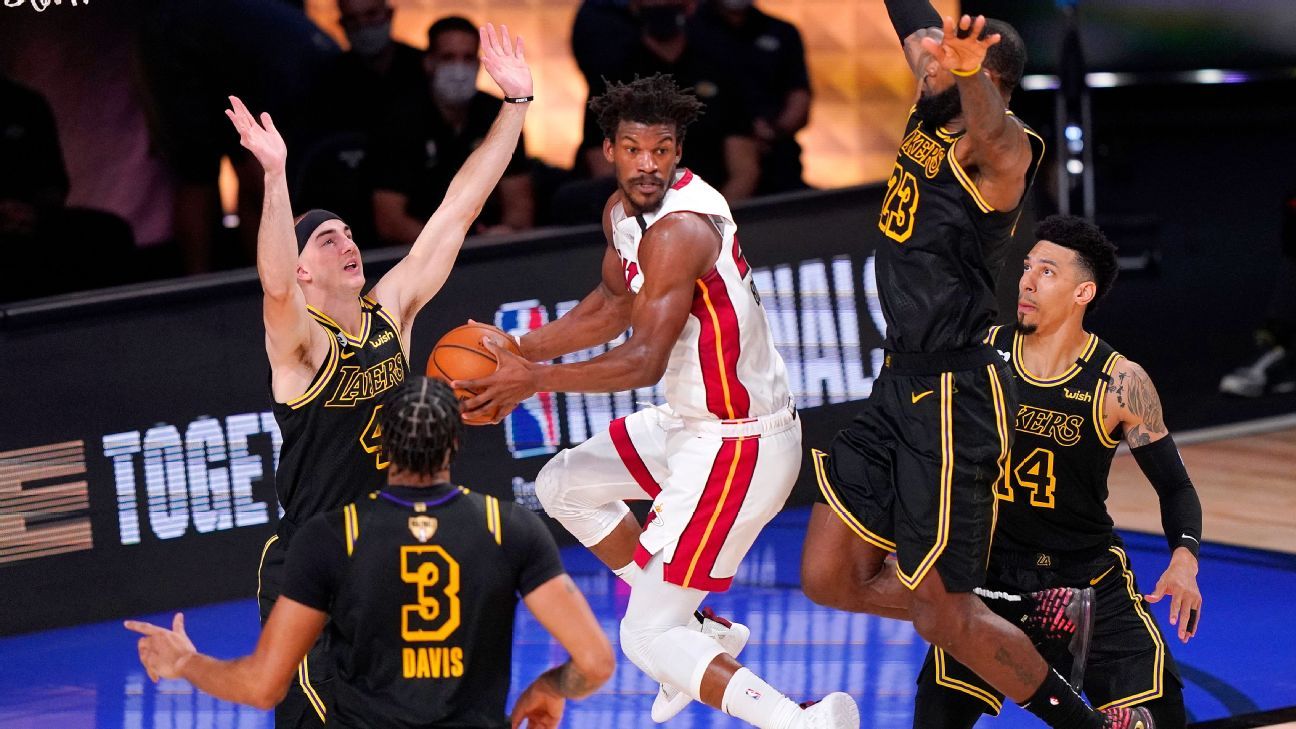
Before the Los Angeles Lakers' first official training camp practice, Frank Vogel and his staff gathered the team in their film room for a PowerPoint presentation on what their defense would look like.
Vogel wanted them to be the league's most physical team -- echoes of the "smashmouth basketball" vision that guided his Indiana Pacers teams. Every opponent shot was an invitation to hit someone in the rebounding scrum. "He wanted us to legally, cleanly, smash people," Jared Dudley recalled to ESPN.
There would be no switching out of convenience -- no "lawless switching" as Vogel terms it. Vogel told the team he did not want to "invert" its defense -- to have big men switching onto guards. The Lakers were huge, with LeBron James, Anthony Davis, Dwight Howard, and JaVale McGee. They would not waste that size 30 feet from the rim unless an ace shooter required it. (Even then, switching would not be the first choice.)
"The [Golden State] Warriors made it seem like everyone had to switch," Danny Green told ESPN. "But there are still a lot of teams playing the kind of basketball where you don't need to."
Vogel concluded with a metaphor: "Anyone who has built a house knows you start with a blueprint, and make minor tweaks along the way." He had outlined the blueprint. He hoped players would help with tweaks.
The Lakers and Rob Pelinka, their GM and vice president of basketball operations, had stocked the roster around LeBron and Davis with proud veterans boasting 12 combined All-Defensive team appearances: Howard, Green, Rajon Rondo, and Avery Bradley. Kentavious Caldwell-Pope had a good track record. Alex Caruso had emerged as a plus. In doing intel, the Lakers learned opponents of Vogel's Indiana teams had been impressed by his defensive adjustments. The foundation was there.
The Lakers and Vogel also understood none of it would matter without buy-in from LeBron. Vogel was determined to demand it. Vogel was perhaps the team's third choice as head coach. When the Lakers added Jason Kidd to Vogel's staff, you could understand why skeptics wondered about Vogel's grip on the job.
But Vogel had the security of a long-term contract. He's also secure in himself. He had long ago shed whatever imposter syndrome a former Division III player and video-room grunt might feel upon ascending to the pinnacle of coaching. What did he have to lose? He would coach the Lakers his way.
"I wanted to lead this team the way I led my past teams, regardless of the stature of any player," Vogel said. "I coach and evaluate plays. It doesn't matter what name is on the back of the jersey. If there's a mistake, it is corrected -- across the board."
When they hit the practice floor after that first film room meeting, it was clear the players were willing. There were hard collisions, including one between LeBron and Caruso. Players dove for loose balls. Bradley picked up full court.
"When you see all that, no one wants to be the weak link," Dudley said.
LeBron was battling as hard as anyone. In his second stint in Cleveland and first year in L.A., LeBron reserved peak effort on defense for big moments. It was understandable given his age, his career minutes, and the Cavs' ability to cruise through the Eastern Conference playoffs regardless of seeding. It was clear right away he had recalibrated his approach to this season. People within and around the Lakers have lots of theories as to why. Perhaps the long layoff after the first extended injury of LeBron's career refreshed his body and revived his hunger.
He heard the noise about how other superstars had passed him; LeBron finished third in ESPN's annual NBArank, behind Kawhi Leonard and Giannis Antetokounmpo. LeBron sensed that those anointing usurpers were zeroing in on his defense to prove their case. "As a competitor at LeBron's level, it matters to you when there is a sentiment that there was a lack of effort on either side of the ball," said Rich Paul, LeBron's agent and CEO of Klutch Sports Group. "And given all he's accomplished, the willingness and motivation to come into this year with that mindset and then actually do it shows a lot about his character and respect for the game."
Davis played a role on multiple levels. Teammates were taken aback at first to hear Davis pointing out LeBron's mistakes in practices, urging him to get it right next time.
"There were a couple of instances when they had a little back and forth," Vogel said. "'That's on you. Don't try to deflect. That's your rotation.' And LeBron would accept it." Davis and James are friends, and share an agent -- Paul.
"They came with the expectation of holding each other accountable," Green said.
LeBron surely understood Davis was the best defender he had ever played with -- that with Davis, the Lakers could build the kind of championship-level defense that had been unattainable in Cleveland. LeBron might not mention it much, but he knows what another ring or two would mean for his on-court legacy.
Early practices and games provided LeBron, Davis, and everyone else proof of concept. Everyone enters preseason excited to commit to defense, or play fast, or whatever the training camp cliché is. It lasts only if the players see results.
"You really buy in when you see it work," Dudley said.
The Lakers bolted to a 17-2 start, their defense jostling for the league's No. 1 spot. LeBron still wasn't guarding opposing superstars all that often, but he was rotating with ferocity again -- zooming into passing lanes, rushing toward the rim to spook drivers. Remember: At his peak in Miami, LeBron was one of the most destructive wing defenders in league history -- so ubiquitous, he outperformed simulated "ghost" defenders the Toronto Raptors analytics team programmed to play perfect defense.
The Lakers' early-season half-court offense could appear stilted, but LeBron was excited about the other end. "Our offense is gonna catch up quick," he would tell teammates. The feedback loop was in motion.
("Our defense is still ahead of our offense," Green said this week.)
In film sessions, Vogel nitpicked LeBron's mistakes -- same as he did for everyone else. LeBron responded.
"He's the first to own it," Vogel said. "'I gotta get there. I gotta do that.' It sets a great tone."
In his second stretch in Cleveland, you could catch LeBron slumping his shoulders, rolling his eyes, or glaring at teammates when they made mistakes on defense. He has excised that stuff. He moves to the next play. When he spots an error worth correcting, he addresses it directly -- as he did late in Game 1 of the Finals, when Rondo and Caldwell-Pope blew a switch.
As the season progressed, LeBron brainstormed small adjustments -- tweaks to the blueprint. At one point, he suggested changing the team's weak-side coverages on the pick-and-roll to have help defenders stay closer to corner shooters -- instead of rotating to the wing if the first pass went there, Vogel said.
Vogel's scheme calls for forcing ball handlers to their weak hand only in some circumstances. LeBron pitched the idea of sending specific ball handlers -- including Joe Ingles of the Utah Jazz -- toward their weak hand on every drive, Vogel said. The coaches agreed. Other players -- including Rondo and Davis -- helped craft alterations.
The Lakers added layers and schemes-within-schemes. They did so mostly in film sessions and three-quarters speed shell drills -- from 2-on-2 to 5-on-5 -- with coaches and video coordinators playing the role of opposing players.
"Good thing, because we are all too old to run around the court in practices to figure it all out," Green said.
The layering has paid off in the postseason; the Lakers have toggled between different defenses for each of their four opponents, with dozens of tiny modifications for specific players and sets.
The thing that has stood out as much as L.A.'s overwhelming size is their connectivity. The Lakers rotate in sync and on time. They know instantly when a full help rotation is needed, and when a flash into open space will slow the offense long enough for everyone to recover.
They rarely make mistakes. When they do -- when two Lakers rotate to the same player, or botch a switch -- the other three cover for them. The first two read that help, and pivot to the right places. Errors do not cascade.
The Lakers' postseason defense has been a symphony of slides, stunts, bullet train rotations from the corners, switches, re-switches, non-switches. Maintaining that kind of integrity across four very different opponents and dozens of adjustments requires constant alertness, vigilance, and physical exertion. It is exhausting.
They have allowed 108.4 points per 100 possessions in the playoffs -- sixth among postseason teams, and equivalent to the No. 8 defense in the regular season. They have done that against opposing offenses that ranked third, fifth, sixth and seventh in the regular season.
Against the Portland Trail Blazers, their big men lunged beyond the 3-point line when Damian Lillard and CJ McCollum scooted around screens -- even if it meant temporarily trapping, and leaving three defenders guarding four Blazers. They are doing that in the Finals against Duncan Robinson and Tyler Herro; Howard swatted a Herro triple Friday night in Game 2. It is another shift from Vogel's Indiana blueprint, which tethered Roy Hibbert to the paint. The Lakers are especially proud of a late February game against the New Orleans Pelicans in which JJ Redick failed to get off even one shot in 20 minutes of playing time.
Seeing Howard lurching at shooters 30 feet from the basket leads to calls for Vogel to downsize, and shift Davis to center. But Vogel has grown to prefer the Lakers' bigger lineups in those situations. Howard trapping the ball means both Davis and James lurk in the paint. The combined size and athleticism is legitimately unnerving. When Davis is at center and doubling high on the floor, the Lakers are smaller and more vulnerable behind the play.
"That's actually when I like to play big the most -- when it's 4-on-3 on the back side," Vogel said.
The same concept helped Vogel become comfortable switching the Jamal Murray-Nikola Jokic pick-and-roll in the conference finals against the Denver Nuggets -- leaving a guard on Jokic, and the Lakers' center chasing Murray. That is the genre of switch Vogel swore to avoid in the preseason, but powerful playoff offenses demand adaptability. When Murray roasted Howard off the dribble, this is what he ran into:
Vogel often had Howard switch onto Jimmy Butler in Game 2 of the Finals, confident Howard could stay in front of Butler -- and knowing the pain LeBron and Davis would be ready to inflict if Butler got by him. The Lakers have felt no pressure to "go small" against Miami, even after the Heat attacked Howard early in Game 1 and sprinted to a 25-12 lead. Davis can rove from Jae Crowder, vaporize the paint, and rush back to contest 3-point shots. Howard is plus-3 in 32 Finals minutes after that slow start.
The Lakers sprung hybrid looks on Murray, corralling him with man-to-man tactics while zoning up -- with LeBron looming on the strong side -- down low:
When the Lakers stuck with their drop-back defense, Jokic sometimes tried to punish them by popping for 3s. The Lakers flipped through several responses -- including dispatching a third defender at Jokic. Green plays that role here:
Green's man -- Gary Harris -- slices backdoor. LeBron, on Jerami Grant in the corner, reads that and takes Harris. Green anticipates LeBron's switch, and veers to Grant. One false half-step, and Grant has a clean lane or an open 3. Grant drives; LeBron lingers to dissuade him. Grant pulls up, and kicks to Harris. LeBron darts there instead of assuming Green will re-switch. Green digests that, and stays put. Absolutely gorgeous.
Down 1-0 in the second round to the Houston Rockets, the Lakers unleashed a sophisticated trapping scheme on James Harden -- one that relied on pitch-perfect communication behind the trap. Vogel would not have trapped this way in Indiana. Harden changed his mind by dropping 60 on Vogel's Orlando Magic in January 2018. Vogel mentioned the possibility of trapping isolation scorers in that preseason PowerPoint.
The Lakers smothered Houston.
Watch Davis in the right corner. He passes Russell Westbrook off in the paint, and realizes Robert Covington has replaced Westbrook in the corner. Davis spins and leaps to deter a Covington 3 -- without flying out of bounds.
Davis' all-court defense has reached a new level in the playoffs as the Lakers have asked more varied and urgent work from him. He is everywhere -- focused as never before, a roving menace the likes of which the NBA has rarely seen.
He has been extra-attentive to deadeye shooters:
Davis sees Rondo is in trouble, and abandons Paul Millsap to help. What happens next is just as important: Murray slings to Millsap, but LeBron does not rotate there. He knows an open Harris corner 3 is more dangerous than Millsap launching. Sometimes, good defense is about staying where you are -- active inaction.
The Lakers have been on a string the entire bubble:
Rondo helps LeBron, and then Caruso helps Rondo -- but not so much as to lose touch with Michael Porter Jr.
In a season-opening loss to the LA Clippers a calendar year ago, the Lakers played Leonard mostly one-on-one as he torched them for 30 points. It ate at Vogel, but the Lakers hadn't practiced sophisticated help schemes much. They are performing basketball calculus 95 times per game now.
"If you had asked me at the beginning of the year if we would end up being so connected, I'd have said no chance," Vogel said. "But everyone, starting with LeBron and AD, has been locked in all season. And when that happens, you can keep adding and getting better."
NBA Finals: Game 3, Sun., 7:30 p.m. ET, ABC and the ESPN App


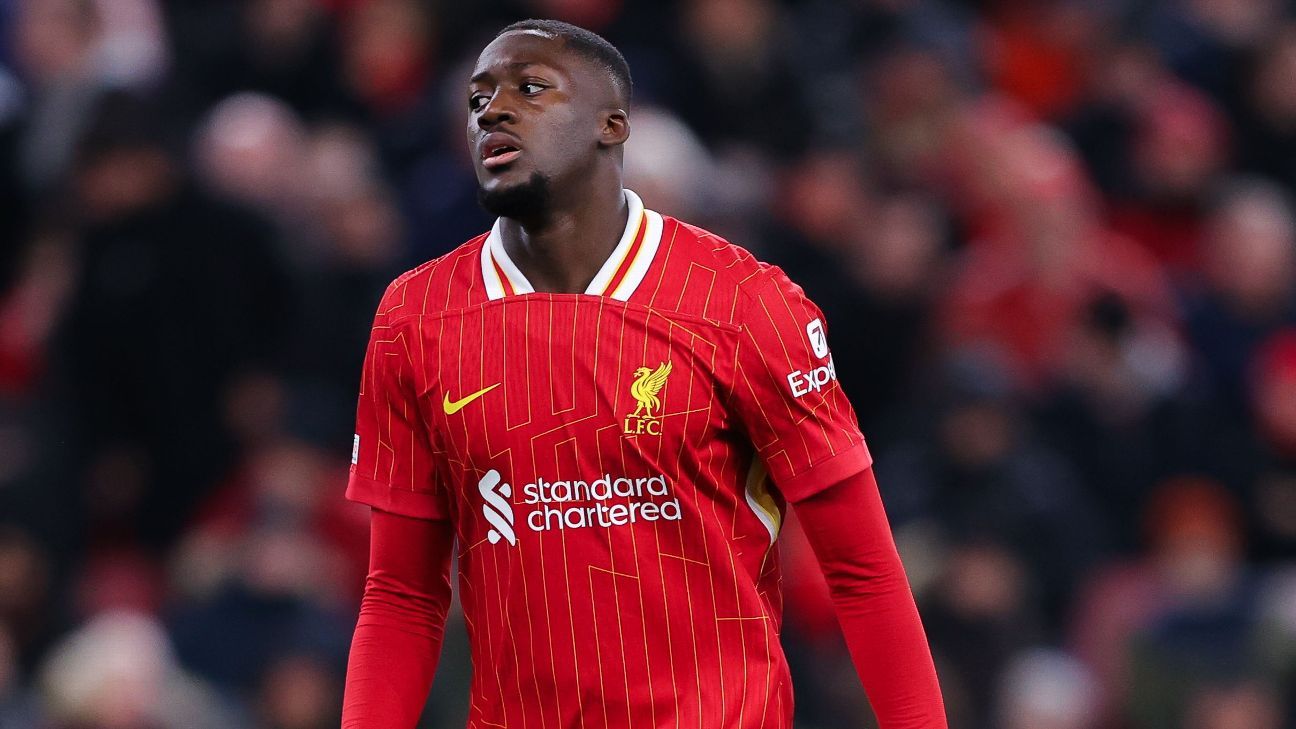

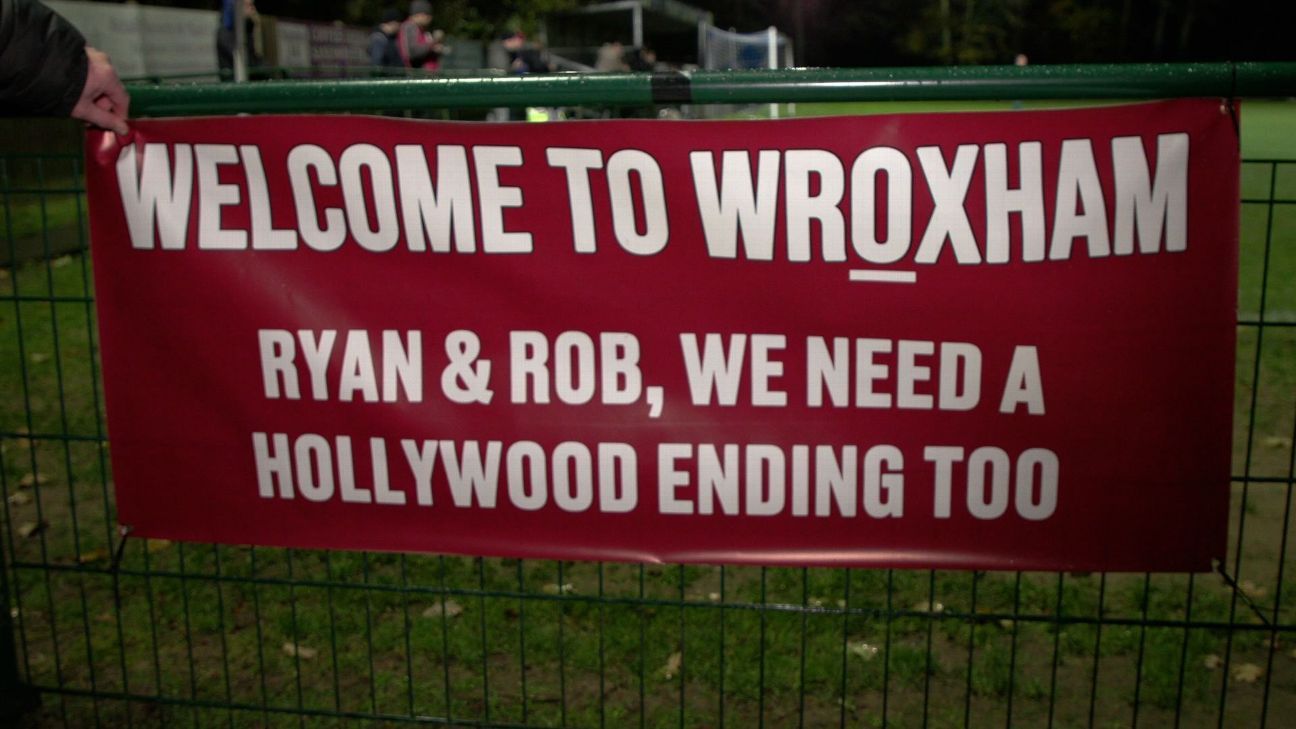






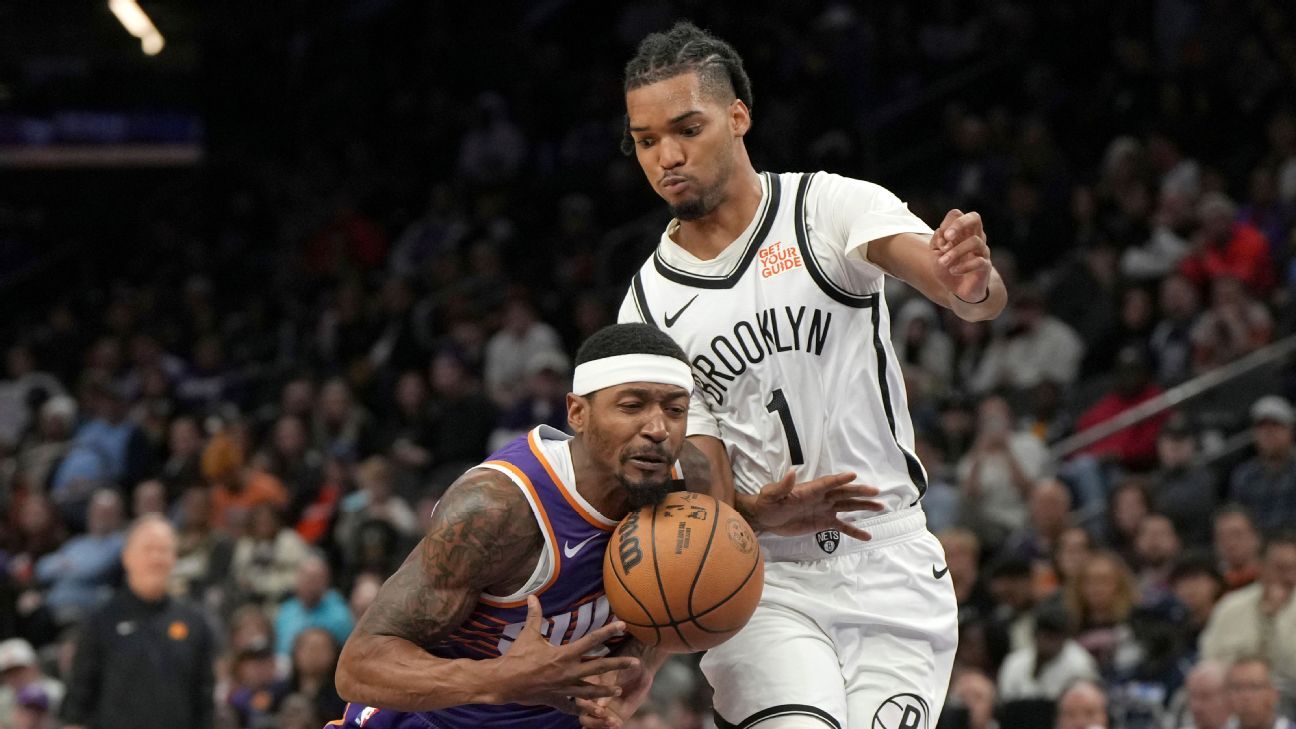
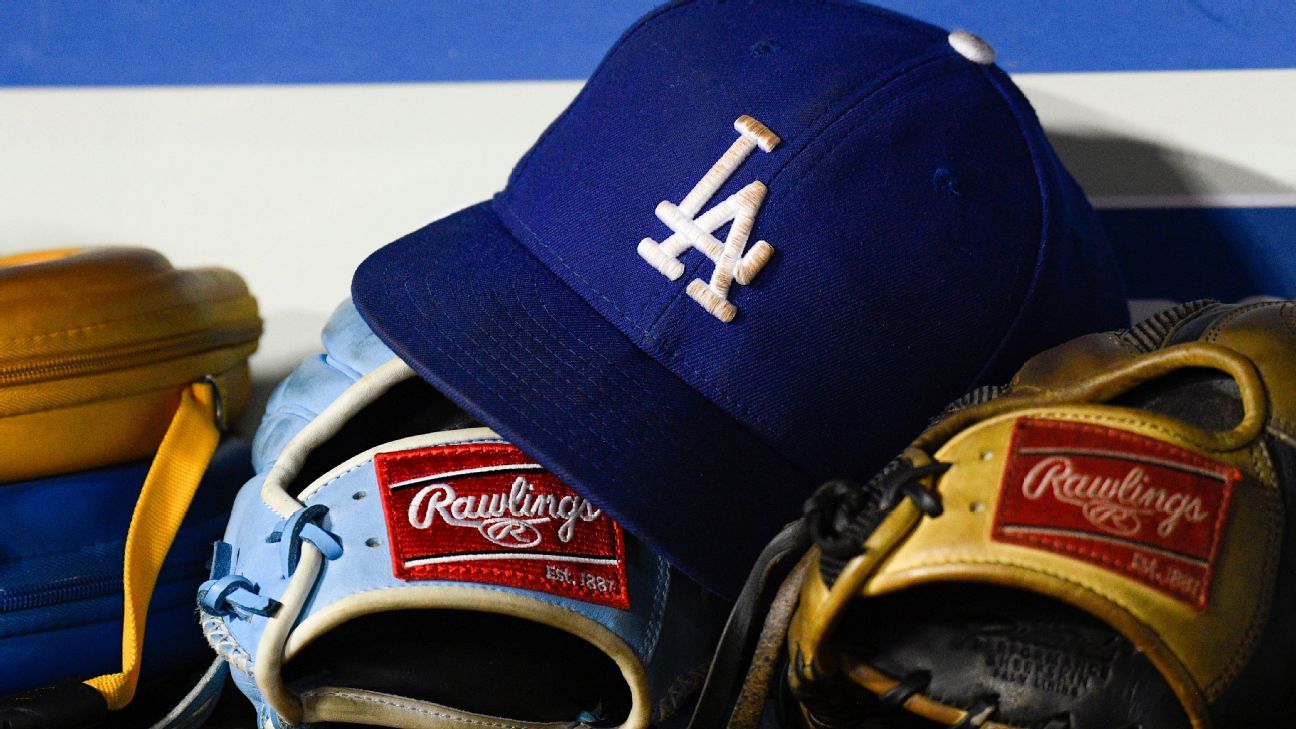


 Phone: (800) 737. 6040
Phone: (800) 737. 6040 Fax: (800) 825 5558
Fax: (800) 825 5558 Website:
Website:  Email:
Email: 






